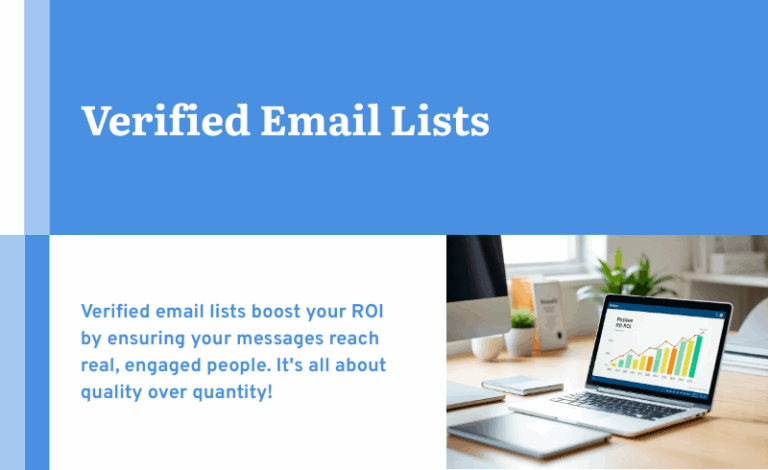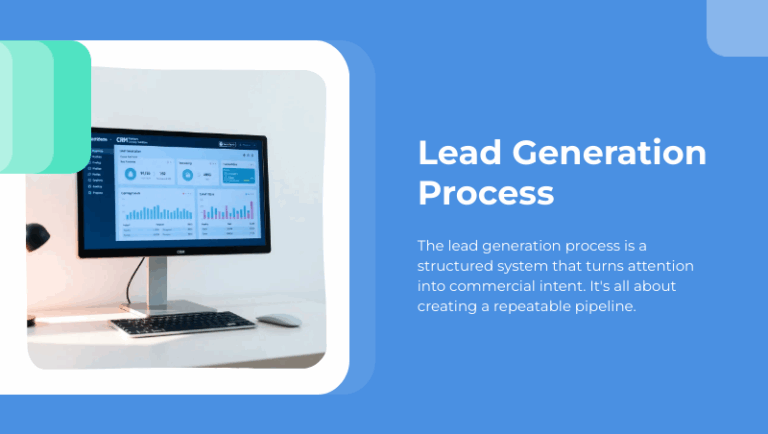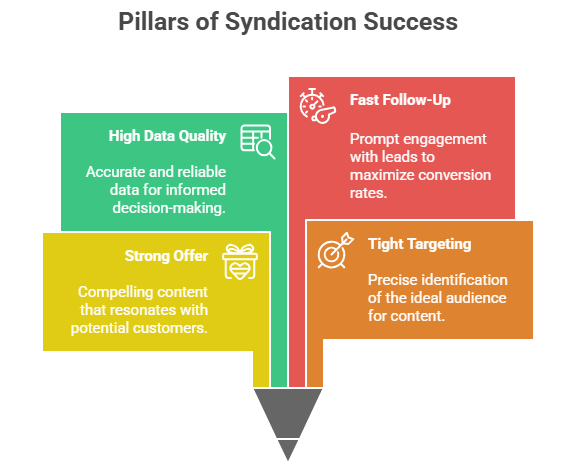
You don’t need to have watched Mad Men to see how technology has transformed advertising and marketing. Email, mobile technology, social media, SEO/SEM, and marketing automation have changed modern marketing at a bedrock level, turning it into a science as well as an art. Data-driven marketing isn’t just a matter of collecting more information; it’s about making that information tell a coherent story about your customers, your business, and the content that moves them.
In this two-part look at how content provides database marketing insights, which in turn become the foundation for better content marketing, we’ll look at how content and database marketing intersect.
Content marketing is a bit like art: It’s hard to pin down sometimes, but your customers certainly know what they enjoy when they see it. Great content follows the same rules as good writing and design in other contexts. If you give your audience compelling information, offer an appealing presentation, and leave them feeling as though they benefited from interacting with you, you’re providing good content. When you do content marketing right, your leads know a little – or sometimes a lot – more than they did before reading or viewing.
Here’s where the science of good database management comes in.
Data-driven analytics help you track the reaction your content gets – how much traffic it draws, what plays well with which audience segments, and what goes viral. Traffic quantity is an important indicator of interest, but it tells only part of the picture; marketing automation technology and database management can also tell you where traffic comes from, analyzes leads’ behavior when engaging with content, and where leads go after interacting with content.
Here’s an example of how the hard data behind your content marketing works. Let’s say you’ve published a white paper on an emerging topic of interest in your industry, and you want to know more about the impact it’s having on your lead generation and revenue. Your marketing automation system gathers a wealth of information, both directly from leads themselves and from behavioral data in watching leads’ interactions with your new content, that lets you draw direct correlations between downloads, site activity, and sales.
Data isn’t a static set of facts but a dynamic resource, one that your marketing database manager can leverage to give you more knowledge about your leads and the effectiveness of your content marketing program. The contextualized, big-picture view you get of your prospects and customers from database services helps you separate good content from great so you deliver the most effective content possible to your audience.
Next week, we’ll look at who that audience is and how to make your database-driven content marketing even more compelling to them.
It’s that kind of contextualized, big-picture view that makes big data a useful tool when sorting your good content from your great content.
© Reach Marketing LLC 2016 All Rights Reserved.



